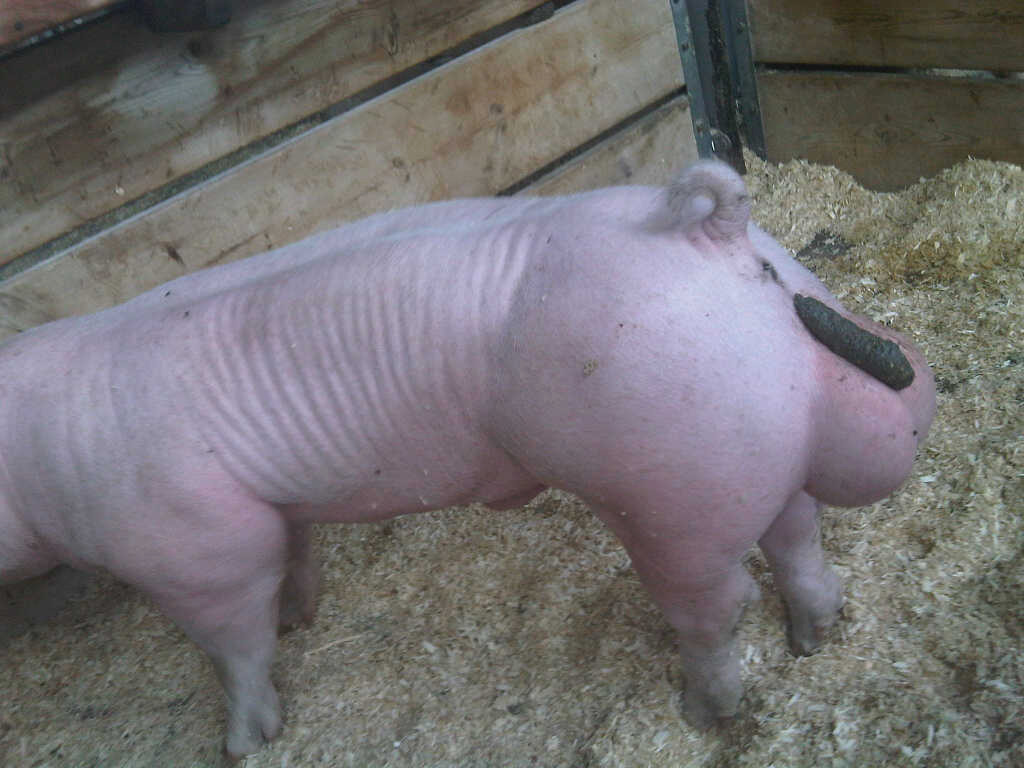I’ve found a fix for the key ‘sticking’ issue I posted about a couple of weeks ago.
It turns out that on the problematic switches, the ‘south’ plastic wall (highlighted in picture) had caved inwards. This was either due to poor QC or, more likely, damage I caused when trying to foolishly force the switches into my PCB.
I believe that when I was inserting the switches into the PCB the pressure applied to the East and West sides of the switch exacerbated the flex and caused the South side of the switch’s stem to ‘catch’ on the problematic wall.
That would explain why the switches didn’t malfunction until they were in the PCB and why a problematic switch would be more noticeable on the left half of my keyboard than the right half (I believe that the PCB grid holes are slightly smaller on the left half).
I’ve taken a few of the troublesome switches, taken a plastic spudger, and applied pressure to ‘reverse’ the bend and it’s solved the issue every time!
This was either due to poor QC or, more likely, damage I caused when trying to foolishly force the switches into my PCB.
Might be a bit from Column A, a bit from Column B. I’ve done some pretty awful things to switches in my DIY journey, mostly in the vein of putting them into plates they shouldn’t be in, but I haven’t managed to affect the functionality.
Good work investigating the cause and solution
Cheers. It was an odd one to figure out. At first I believed it was just the ports, then I believed it was just the switches. I couldn’t find anything wrong with the stems. Lubing didn’t change anything.
Furthermore, one naturally assumes it’s something wrong with the North end, with the stem feet and the contact. 99% of the time, there’s no need to even look at the South end.



